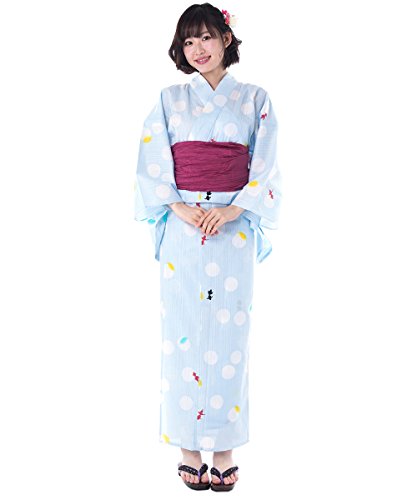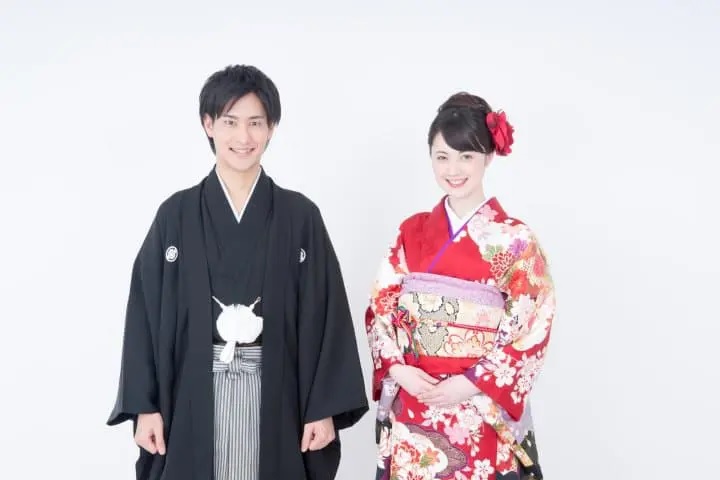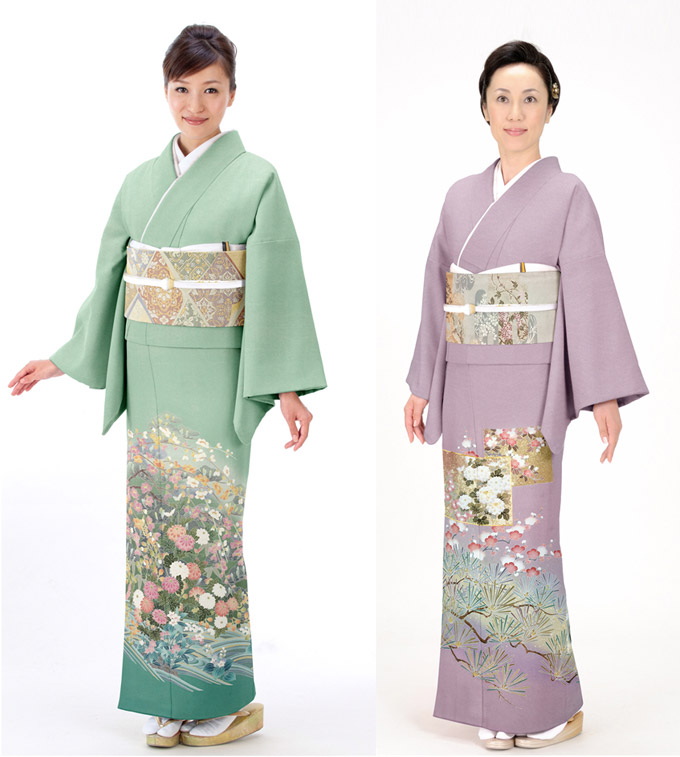Oladfashion.com – Choosing a Japanese kimono for women can be an exciting and unique experience. It is a great way to add a new element to your wardrobe and make an impression on your friends and family.
The Most Common Type is the Nisei Obi Kimono
Until recently, komon was a thing of the past, but it is now back in the public eye. The edo epoch of 1603 to 1868 saw the emergence of kamishimo, a formal attire worn by samurai. It is a form of woven wool or fudangi. Aside from its ilk, it has also been used in housewear and nagajuban (the Japanese version of bingo).
Its small size and enviable weight make it ideal for formal wear, housewear and the odd hour. Several variations abound, from the aforementioned fudangi to a full gamut. The most common types are kimono, nisei obi, shirae obi, shirae shirae obi, koku obi, and kaijin obi. A well-dressed samurai can wear all three types at the same time, or in the case of the shirae obi, all at once. Interestingly, the kaijin obi has never really been extinguished, and a few of the aforementioned types are still in circulation. The oxo cadet edo epoch is now a thing of the past, but it remains an ode to Japan’s cultural and artistic heritage.

Generally, a kimono is worn for formal events. However, there are different types of kimonos that are worn for informal events. For instance, a yukata is a casual cotton summer kimono that is worn in the summer. A yukata is worn by guests at inns. It was originally a simple bathrobe. During the mid-1980s, it began to be manufactured in a wider range of colors. In addition, it became more formal than a bathrobe.
Homongi Can Be Used by Men and Women
There are also different types of women’s kimonos. They are designed with shorter sleeves and shorter lengths. There are also more casual kimonos for younger women. Some types of kimono, like usumono, are sheer. Others are made of silk or cotton. They are often highly prized for their craftsmanship. Another type of kimono is the homongi. It is used by both men and women. It has patterns that are placed across the seams. Most homongi are temporarily sewn for display in kimono shops. However, they can be made to have patterns on both sleeves.
Traditionally, Houmongi in Japanese Kimonos for Women was worn at formal events. The design on the kimono could reveal the wearer’s age and family status. The Tokugawa shogunate prohibited the use of gold embroidery and other elaborate patterns. The design on the kimono would also determine the season the kimono would be worn. Houmongi in Japanese Kimonos for Women is usually made of silk. They come in an array of colors and patterns. The design is usually woven, but can also be created using the “eba” method, which is a continuous painting that is stretched across the kimono. Alternatively, a single crest may be placed on the front.

Traditionally, Houmongi is worn with a Fukurou obi. These kimono are worn to tea ceremonies, ceremonies, and house parties. They are also worn to visit other people’s houses. Depending on the event and the atmosphere, Houmongi may also be worn to dinner parties.
Combining the Tsukesage Coloring Technique with Overarching Patterns
Tsukesage in Japanese Kimonos for Women are generally considered less formal than Houmongi. Tsukesage usually have patterns on the shoulders and sleeve. They can also be designed as Tsukesage-Komon, which combines the dyeing techniques of Tsukesage with an all-over pattern. During the summer, Japanese women can wear a kimono called usumono. They are often made from cotton or linen. They are sheer and can appear see-through, which is why they are worn in July and August. Usumono are also made from silk or silk gauze.
The kimono’s motifs represent Japanese culture and landscape. The patterns are typically traditional Japanese fauna and flora. The garments can reveal a wearer’s age and family status. They can also be used to anticipate the coming season.

The patterns on the kimono vary depending on the wearer’s age and occasion. A younger person may prefer a brighter pattern. Older people often wear subtle patterns. Some kimonos are made of woven geometric patterns. Others are made of woven non-geometric patterns. The patterns on the kimono can be placed on the entire garment or on only a small area. Depending on the pattern, tsukesage can be worn to parties or ceremonies. The pattern of tsukesage can range from one to three crests. These kimonos are usually a bit more modest than the homongi.
